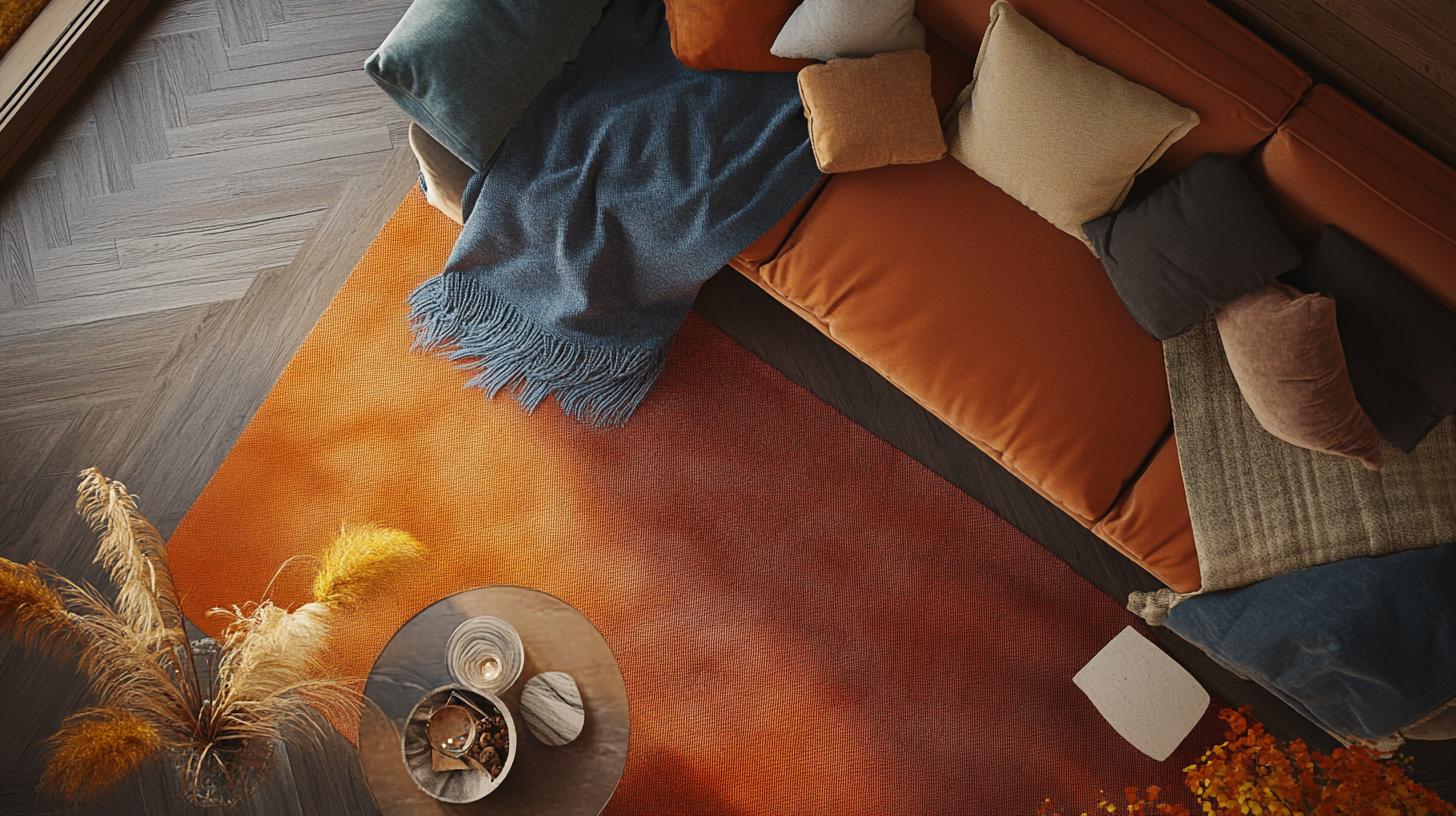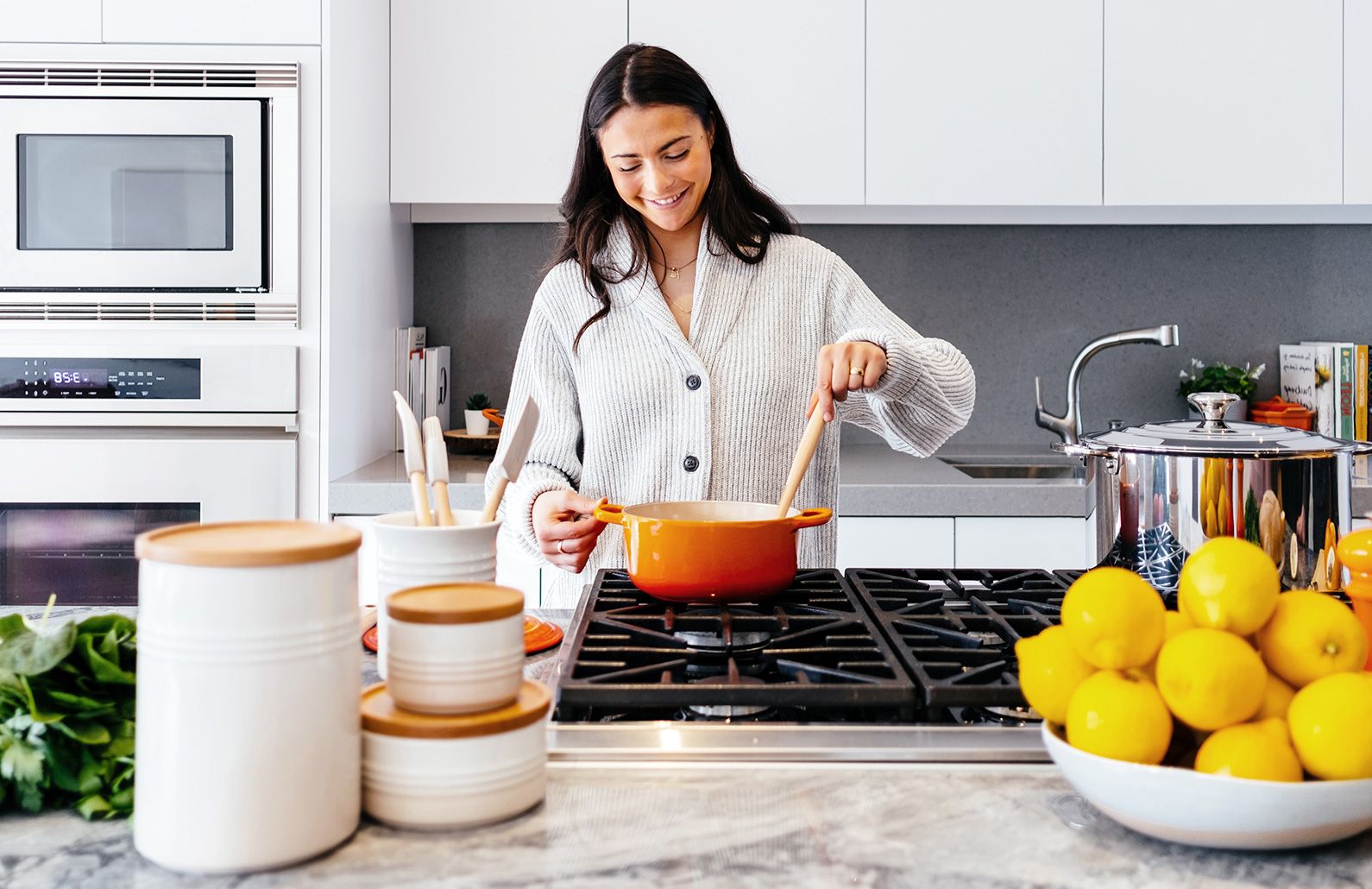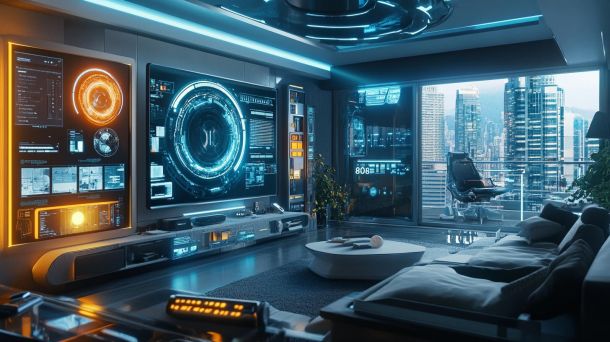Emotional Color Theory: Transform Your Space in 2025
Color isn’t just visual – it’s emotional! Emotional color theory reveals how specific hues can dramatically transform our psychological state and living environments. Imagine walking into a room that instantly calms your nerves or energizes your spirit simply through strategic color selection. Recent design psychology research shows that 78% of people experience significant mood shifts based on their surrounding color palette.
Understanding emotional color theory goes beyond aesthetic preferences. It’s a sophisticated approach to design that considers how different wavelengths of color interact with our neurological and psychological systems. Cool blues can induce tranquility, while warm oranges spark creativity and social connection. For busy professionals and families seeking holistic home environments, mastering color psychology becomes an essential wellness strategy.

When implementing emotional color theory, consider these strategic approaches: First, assess your primary emotional goals for each space. A home office might require focus-enhancing blues and greens, while a family living room could benefit from warm, welcoming terracotta and soft yellows. Professional designers recommend creating color zones that support specific activities and emotional states.
Key techniques for successful color integration include:
• Layering complementary color tones
• Understanding personal color sensitivity
• Creating visual harmony through balanced palettes
• Considering natural light interactions
Pro Tip: Always test color samples in different lighting conditions before committing. What looks perfect in morning light might feel completely different by evening. By embracing emotional color theory, you’re not just decorating – you’re intentionally crafting environments that nurture mental well-being and family connection.




